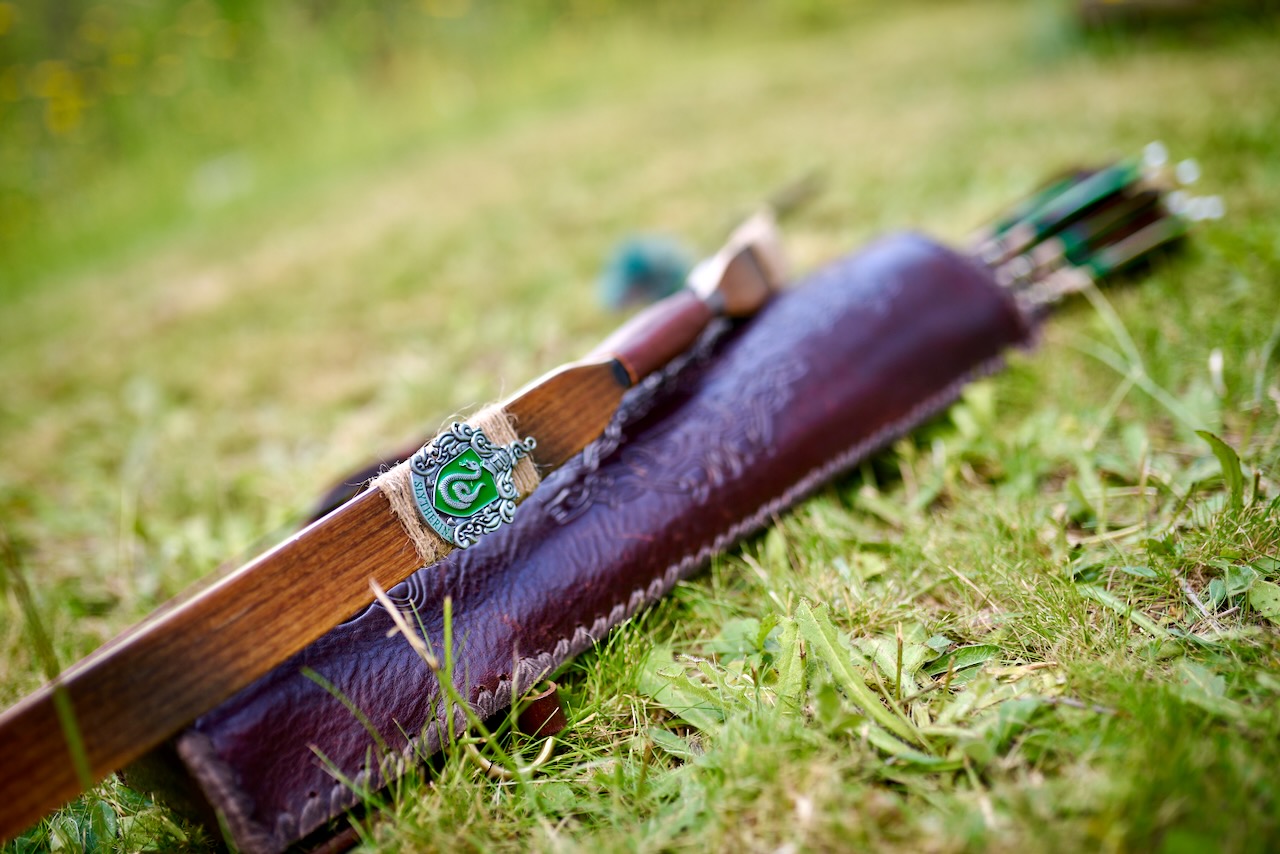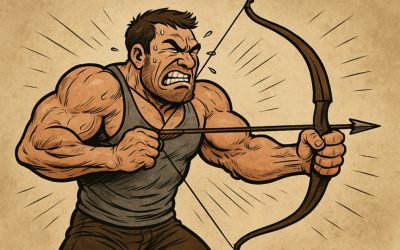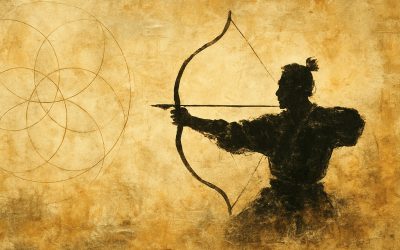Imagine bringing a medieval archer into the present day. Would they still hold their own in terms of accuracy against a modern archer equipped with high-tech gear? Modern advancements in archery, such as sights and arrow rests, have undeniably improved precision. While the impact of sights is clear, the role of the arrow rest is more nuanced. Can an arrow rest alone determine accuracy, or do traditional techniques remain just as effective? This article explores the significance of the arrow rest, comparing historical and modern practices while examining whether training ultimately outweighs technological advancements.
The Modern Arrow Rest: Enhancing Precision
Modern arrow rests provide stability and consistency in launching arrows. Different types cater to various archery disciplines:
- Drop-away rests minimize arrow contact during release, reducing interference (common in compound bows).
- Plunger buttons play a crucial role in Barebow tuning, fine-tuning horizontal arrow alignment and flight.
- Adjustable rests allow precise tuning for optimal arrow flight.
These innovations allow archers to fine-tune their setups for maximum efficiency, particularly in competitive settings where every fraction of an inch matters. However, do these advancements merely complement an archer’s skill, or do they encourage dependency on technology?
Traditional Techniques: Accuracy Without an Arrow Rest
Historically, archers shot from a bow’s shelf or even directly from the hand, particularly with self-bows and longbows. This required:
- Instinctive shooting: Relying on muscle memory and form rather than mechanical aids.
- Adapting to imperfections: Learning to compensate for variations in bows and arrows.
Medieval archers trained extensively to master these skills. The English longbowmen of the 14th century, for example, practiced daily to build the strength required for bows exceeding 100 pounds in draw weight. At battles like Agincourt, their skill in rapid and accurate shooting overwhelmed opponents. Similarly, Japanese samurai archers refined their kyudo techniques, blending precision with mental discipline. These examples highlight how accuracy relied on training rather than equipment.
Training vs. Equipment: What Matters More?
From my own experience shooting traditional recurve, longbow, and horsebow, I’ve found that training has a greater impact on accuracy than equipment. Key factors that influence accuracy include:
- Consistent anchor points: Ensuring repeatable form.
- Refining release technique: Reducing inconsistencies in arrow flight.
- Building strength and control: Maintaining a steady draw and release.
Exercises such as blank bale shooting (which isolates form without aiming distractions) and varied distance shooting (which teaches adaptability and precision under different conditions) highlight how crucial training is in achieving mastery.
Modern vs. Medieval Archery: A Contextual Comparison
Archers in different eras had varying priorities:
- Medieval archers trained for survival and warfare, developing skill and adaptability without technological aids.
- Modern traditional archers benefit from better materials but still emphasize practice and technique.
- Competitive archers use modern rests to refine precision, where even small margins can determine success.
Understanding these distinctions helps clarify how training and technology interact in archery today.
Testing the Impact of the Arrow Rest
To determine the real impact of an arrow rest, controlled experiments could provide valuable insight. By conducting structured shooting tests under different conditions, we could measure how much accuracy depends on the equipment versus the archer’s skill. Potential tests could include:
- Comparing setups: Shooting with a modern arrow rest, from a bow’s shelf, and off the hand.
- Measuring performance: Assessing group sizes, consistency, and subjective feel.
If available, studies from sports biomechanics or archery research journals could provide additional data. Conducting a personal test under controlled conditions would also add practical evidence to this discussion.
Conclusion: Does the Arrow Rest Define Accuracy?
While modern arrow rests improve precision, they do not replace skill. Equipment enhances consistency by reducing variables, but true accuracy stems from proper training, form, and mental focus. Whether an archer uses an advanced rest or shoots off the hand, dedication and practice remain the foundation of success.
Ultimately, both equipment and training play their roles in archery. The most advanced gear can only refine what a skilled archer already possesses, while dedicated training can bridge the gap even without modern aids. By blending historical context, modern insights, and personal experience, this article showcases the delicate balance between technology and skill in achieving true accuracy. In the end, a well-trained archer will always outperform one who relies solely on technology.





0 Comments